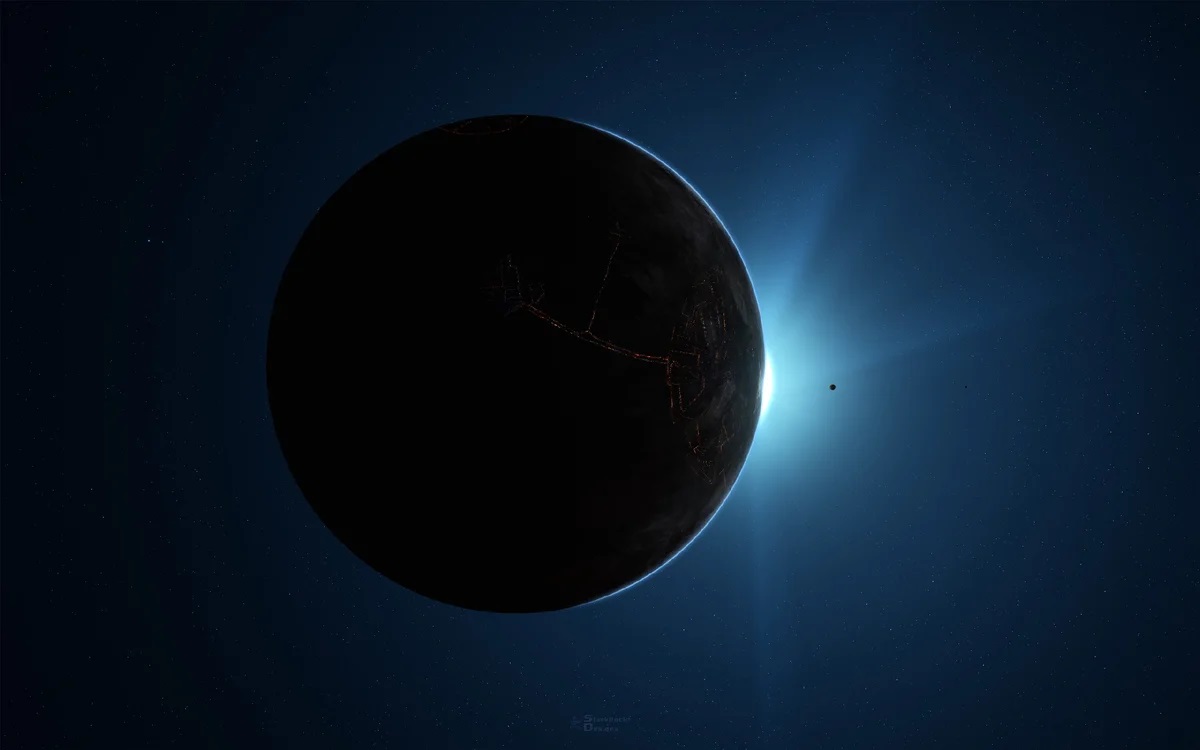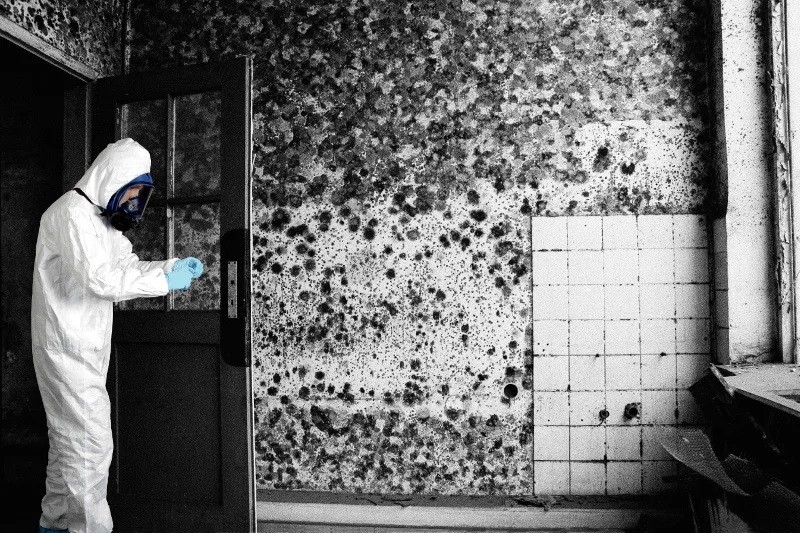
| Main | Neocene |

All pictures are taken from open sources and belong to their authors
Habitable planets are usually searching near the sun-like stars.
So, it’s worth starting by mentioning a very interesting study conducted by
Dutch scientists Allessandro Patruno and Mihkel Kama, who tried to find out
whether life is possible in neutron star systems. In addition to the fact of
the presence of scientists, even of imported ones, judging by their names, in
Netherlands, the conclusion is also curious in this study. Yes, it is possible.
Despite the fact that neutron stars, that arise as a result of a supernova explosion
after hydrogen and helium burn out in the bowels of a sufficiently large luminary,
flood their surroundings with X-ray radiation streams instead of light. Nevertheless,
if a planet of the “super-earth” class is formed near a neutron star from the
substance ejected during the explosion (and such cases are already known), the
pulsar will be able to warm it with radiation alone. Fortunately, in this portion
of the spectrum, it shines to the fullest. Moreover, high-energy radiation will
be absorbed by the atmosphere, which is very dense in super-earths. So, on the
surface, the radiation background will not be so terrible. And if we also take
into account that the super-earth is likely to turn out to be an ocean planet,
then its inhabitants will also be protected by water. It will be to the extent
that it is required – it depends only on the depth.
The sudden question, however, is whether the inhabitants of the “near-pulsar”
planet will need protection from radiation, or, on the contrary, it will harm
them. The latter is quite likely if the organisms inhabiting the planet are
radiotrophic.
The fact that radiation can be useful was established back in 1991 during the
study of black mold, rapidly growing in the Chernobyl nuclear power plant zone.
The Chernobyl “black mold” has nothing in common with the black mold that sometimes
settles in bathrooms, and represents several kinds of fungi whose tissues contain
a large amount of melanin. Somehow (the exact mechanism has not yet been established)
this pigment allows them to absorb the energy of ionizing radiation. This phenomenon
greatly increases the growth rate of these fungi in conditions of a radiation
background exceeding the natural one by 500 or more times. In conditions of
low radiation, radiotrophic fungi grow poorly.
These observations are important, since the “habitability” of the planet is
traditionally understood as the presence of liquid water on it. And yes, in
a neutron star system, a planet can have oceans. But life will not receive light
for photosynthesis from a dead star. Hypothetical life in the subglacial oceans,
which may well exist in the Solar System, will face the same problem. In addition,
on most of the discovered “habitable” exoplanets, life will face approximately
the same difficulties. For these planets are located in the systems of red dwarfs
that give little light and a lot of radiation. Moreover, this also applies to
life in the systems of brown dwarfs, which warm their planets well, but they
may not give light whatsoever. In the galaxy in general, a rare star is not
a brown or red dwarf, and this is sad.
The raw materials for the synthesis of organic matter by live beings are traditionally
water and carbon dioxide. These are the most accessible, cosmically widespread
substances, but it is their high stability that makes them so common. It takes
a lot of energy to decompose these substances even in the presence of a strong
catalyst. Attempts to use compounds that do not require decomposition or decompose
easily were once made on Earth. But a life built on “easy” chemistry will quickly
destroy itself due to the exhaustion of the stock of reagents.
The most convenient source of energy for synthesis is sunlight. Moreover, it
refers only to the upper part of its spectrum – from yellow to blue. With some
difficulty and in the presence of additional pigments, photons of the “red”
frequency can be used. But infrared and thermal ones are simply insufficiently
“energetic” for the reaction to proceed.
Chemosynthesis can be an alternative to photosynthesis. However, if energy is
extracted from chemical reactions, then fuel and an oxidizer are required. They
are not included in the circulation of substances, but are consumed. Thus, chemosynthesis
is possible only there, where reagents are constantly supplied from some abiogenic
source… Moreover, the fuel and the oxidizer also react with each other. They
don’t get along in one volume for a long time. As a result, chemosynthesis goes
amiss even in the depths of the Black Sea, where there is a lot of fuel – hydrogen
sulfide. But there, accordingly, the oxygen is absent: it had reacted. And above,
where it exists, there can no longer be hydrogen sulfide.
This circumstance also crops feathers of hypothetical life in the water mantles
of the moons of giant planets. And it forces scientists to look for other sources
of energy for such kind of life. But is it a problem of scientists? If they
don’t find it, they will publish something else. And for synthesizing organisms
from “dark” planets, the search for such a source is a matter of life and death.
The solution may be the absorption of high-energy radiation, of which there
are either a lot in most “habitable” places (the radiation background on the
surface of Europa is a million times higher than on Earth), or even more than
a lot, as in the systems of flashing red dwarfs and neutron stars. Chernobyl
fungi cope with this point, but they are reducers, not producers. The simplest
way to transform radiation energy into light energy suitable for photosynthesis
is the use of scintillators – the substances that begin to glow in the optical
range, absorbing ionizing radiation. For example, scintillators are naphthalene
and sodium iodide.
The higher plants of the world under the black, invisible, or on the contrary,
dull-purple sun, filling a quarter of the sky, can actually resemble fungi.
They will have no leaves that are too permeable to X-ray quanta. But in the
depths of their trunks, black with melanin and, to be sure, impregnated with
heavy metals taken from the soil, high-energy radiation will turn into immediately
absorbed light. It looks weird, but it should work. In general, in conditions
when there is no choice, strange things often work.
By the way, on the radiotrophic life forms.

The black radiotrophic mold came to Chernobyl not from other planets (although, technically, this option is not excluded), but rather from the distant past of the Earth, when the radiation background was incomparably higher, and radiosynthesis is believed to have been widely practiced and even preceded photosynthesis.
Translated by Pavel Volkov, 2021
The original Russian article is here
| Main | Neocene |